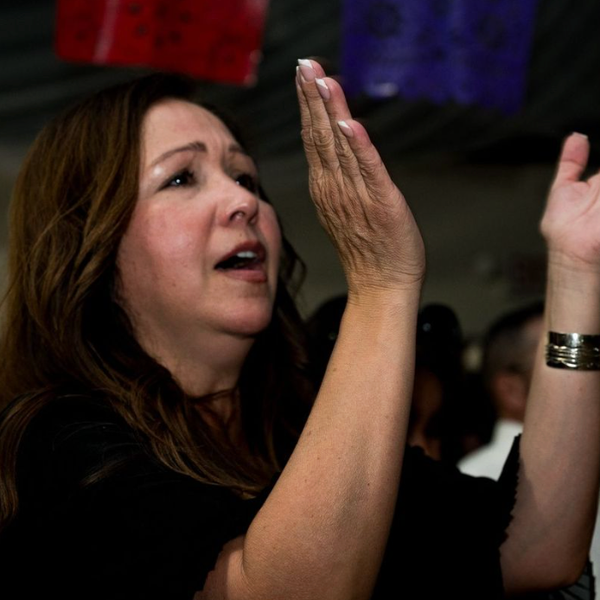By Timothy B. Wheeler, The Baltimore Sun (TNS)
BALTIMORE — With flooding already on the rise along the East Coast, a new study led by the Johns Hopkins University suggests that urban dwellers may have more to worry about from climate change than just getting their feet wet if they live near the water. People in some inland cities who think they’re safe from tropical storms could find themselves in the dark longer or more often.
In the December issue of Climatic Change, researchers suggest that increases in storm frequency, as predicted by some climate scientists, are likely to aggravate power outages in hurricane-prone areas like Miami or New Orleans. But if hurricanes become more intense, as many climate researchers expect, the study found severe outages could occur in areas that now suffer relatively few storm landfalls — such as New York, Philadelphia and Hartford, Conn.
“Hartford (is) not some place you’d think of being a particularly hurricane-prone place — until Sandy,” said Seth Guikema, an associate professor in Hopkins’ departments of geography and environmental engineering.
Recent studies have highlighted the flooding threats most U.S. coastal cities face from rising sea levels. A report by the National Oceanic and Atmospheric Administration, for instance, noted that Annapolis and Washington already suffer relatively minor “nuisance flooding” more than 30 days a year. Given current trends, Baltimore could reach that tipping point by 2020, the report said.
Experts are still divided on how climate change might affect tropical storms, though. Some models indicate there could be fewer hurricanes in the Atlantic, but an increase in storm intensity in some locations. Other models suggest both the number and severity of storms could rise as the waters warm.
Guikema and four colleagues attempted to evaluate how much more vulnerable East and Gulf coast communities might be if climate change alters hurricanes in any way — their frequency, intensity or landfall. The researchers worked with a computer model that Guikema had developed earlier for predicting the likelihood of power outages from tropical storms. For this study, they ran a series of simulated storms through the model to see how power grid vulnerability was affected by the range of possible climate-change impacts on storm behavior.
“How much would our vulnerability (to blackouts) change if storms became more intense?” asked Guikema, posing one of the scenarios analyzed.
They focused their attention on power grids in 27 major cities from Maine to Texas, and came up with both expected and unexpected findings. New York City, hit hard by Sandy just two years ago, topped the ranking of places particularly vulnerable to more severe outages as storms intensify. But others at the top of the at-risk list were Philadelphia, Jacksonville, Fla., Virginia Beach and Hartford.
While portions of the Baltimore area seem to lose power whenever a big thunderstorm hits, the study found both Baltimore and Washington less vulnerable to blackouts from stronger hurricanes than many other major coastal cities.
Andrea Staid, a Hopkins doctoral student and the study’s lead author, suggested the two cities benefited by being a little inland from the Atlantic coast.
“Baltimore and D.C. are both protected — by the (Chesapeake) Bay and eastern Maryland,” Staid said.
Even so, Baltimore faces a 14 percent greater risk of residents’ losing power if storm intensity increases, the researchers found.
“We definitely have some risk from hurricanes here,” Guikema said. “We’re just not as sensitive to climate-change-induced changes in hurricane hazards as some other places like New York City.”
The study authors hope their modeling might help emergency planners and utility managers prepare their communities for what the future could bring.
“If I’m the mayor of New York or Con Ed or a utility provider for Philadelphia or Jacksonville,” Guikema said, “we might have a bigger issue with this than we realize. … Maybe we need to think about hardening our system.”
A Baltimore Gas and Electric Co. spokesman said the company has invested $3 billion in the past five years in upgrading the power infrastructure for its 1.2 million customers and plans to spend another $3 billion by 2018. As part of that, BGE devotes more than $30 million annually to trimming and removing tree limbs and trunks that threaten power lines in rough weather, said the spokesman, Aaron Koos.
“Our customers are seeing the benefits of these investments,” he added, “with the frequency of power outages down 30 percent and the duration of those outages reduced by 60 percent.”
Photo via Wikimedia Commons












